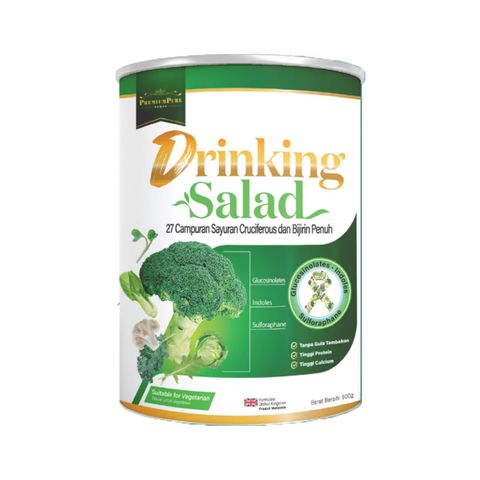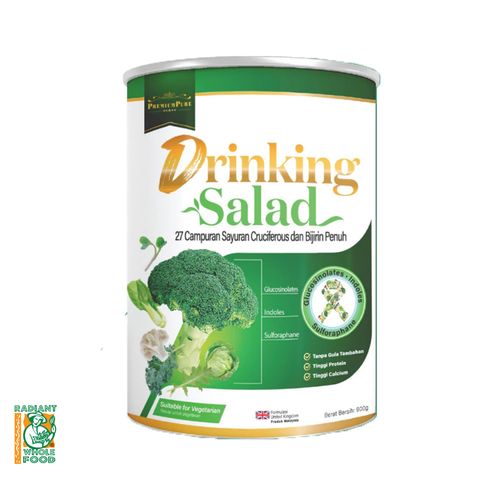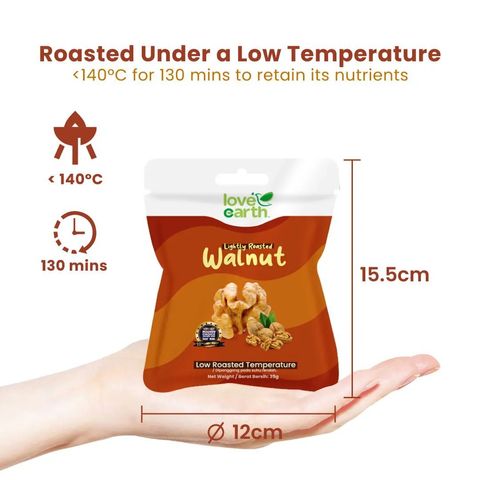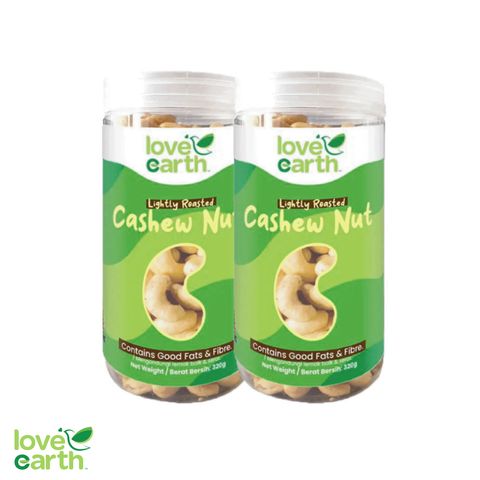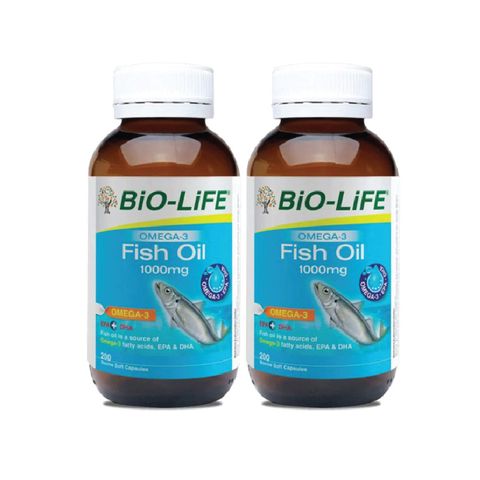
When we hear the word ‘cholesterol’, many of us immediately think of “bad things.” But did you know that cholesterol isn’t all bad? In fact, your body needs it to build cells and produce hormones.
When people say “good” and “bad” cholesterol, they’re not talking about cholesterol itself. They’re talking about lipoproteins, the carriers that move cholesterol through your blood.
There are 2 main types:
LDL (low-density lipoprotein), often called the “bad” cholesterol
HDL (high-density lipoprotein), known as the “good” cholesterol
The trouble starts when LDL levels rise too high, which can clog up your arteries and increase your risk for heart disease and stroke! What we actually want is to have higher HDL levels instead. Think of HDL as your body’s cleanup crew, sweeping away excess cholesterol and protecting your arteries.
Curious how fats play a role in this cholesterol balance? Check out our previous article on fats here.
The Natural Heart-Loving Approach
Good news! There are natural, yet manageable steps you can take to bring your cholesterol into balance. Here are some natural approach to a healthier heart:
1. Go Big on Fiber
Soluble fiber acts like a sponge in your digestive tract, soaking up excess cholesterol and helping flush it out.1 Try including:
Oats, barley, and beans. A bowl of warm oatmeal in the morning can do wonders too!
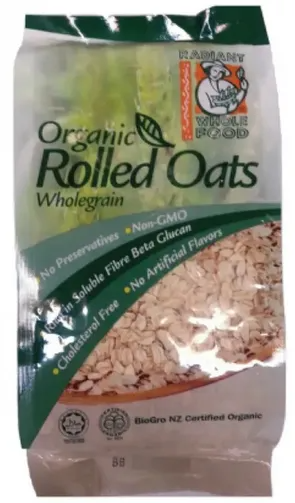 | 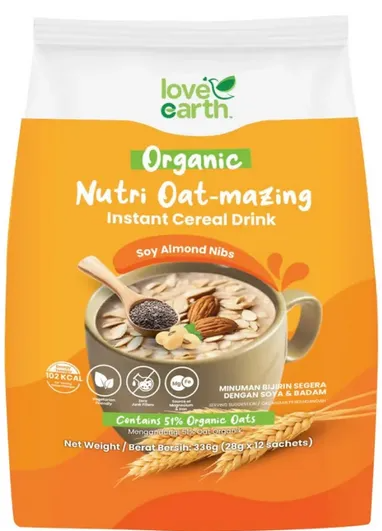 |
2. Add More Good Fats
Not all fats are villains. Good fats are more heart-healthy, especially monounsaturated fats can help increase HDL cholesterol. While polyunsaturated fats can help lower LDL cholesterol.2
Vegetable oils (e.g. olive oil, canola, sunflower, etc.)
Nuts & seeds
 |  |
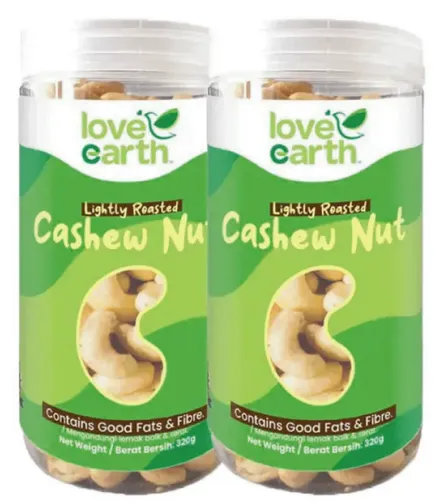 |  |
Avocados
Fatty fish (e.g. salmon, sardines, mackerel etc.). They’re packed with omega-3 fatty acids. Alternatively, you can also get omega-3 from fish oil supplements.
 |
3. Limit Trans Fats and Cut Back on Saturated Fats
Trans fats (often found in processed snacks and baked goods) are a major no-no. Saturated fats (from fatty meats, butter, and full-fat dairy) should also be eaten in moderation. Try cooking more at home using healthier oils and lean proteins.2
4. Move Your Body, Even a Little!3
Besides improving your diet, exercising is one of the most effective lifestyle changes you can make to help bring your numbers down naturally. Exercise doesn't have to mean intense gym sessions. Brisk walking, cycling, swimming, or even dancing in your living room can:
Raise HDL cholesterol
Improve overall heart function. Aim for at least 30 minutes a day, five times a week.
The Bottom Line
Making even a few of these changes can bring your cholesterol levels into a healthier range. The best part? You're not just lowering a number, you’re nourishing your body and supporting long-term wellness!
References
Nie, Y., & Luo, F. (2021). Dietary fiber: An opportunity for a global control of hyperlipidemia. Oxidative Medicine and Cellular Longevity, 2021, Article 5542342. https://doi.org/10.1155/2021/5542342
DiNicolantonio, J. J., & O’Keefe, J. H. (2018). Effects of dietary fats on blood lipids: A review of direct comparison trials. Open Heart, 5, e000871. https://doi.org/10.1136/openhrt-2018-000871
Mann, S., Beedie, C., & Jimenez, A. (2014). Differential effects of aerobic exercise, resistance training and combined exercise modalities on cholesterol and the lipid profile: review, synthesis and recommendations. Sports medicine (Auckland, N.Z.), 44(2), 211–221. https://doi.org/10.1007/s40279-013-0110-5
Related products


Love Earth Organic Nutri Oat-mazing Instant Cereal Drink Soy Almond Nibs 12 sachets x 28g
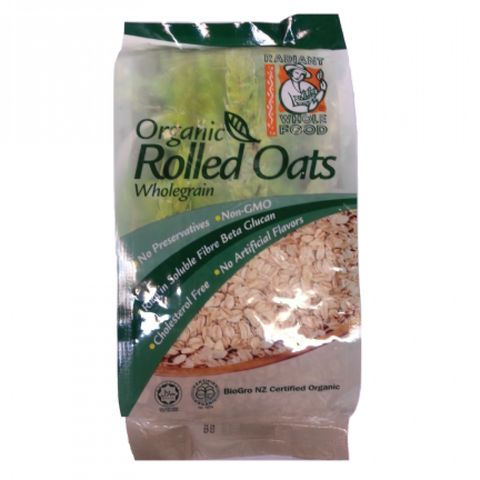
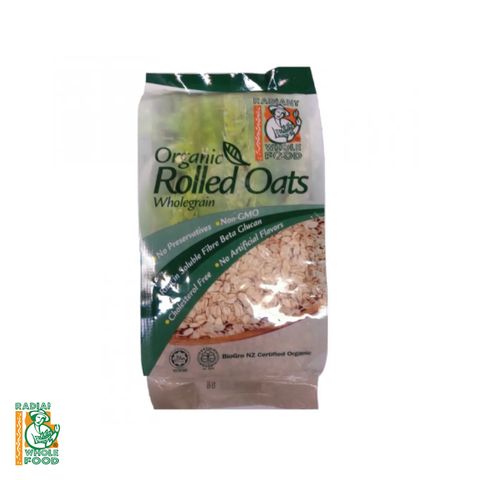
RADIANT Organic Rolled Oats (500g)


